How Do Variable Nd Lens Filters Work ?
Variable ND (Neutral Density) filters work by using two polarizing filters that are stacked on top of each other. The front filter can be rotated, which changes the amount of light that passes through the filter. As the front filter is rotated, it changes the angle of the polarizing filter, which reduces the amount of light that passes through the filter.
The amount of light reduction can be adjusted by rotating the front filter, allowing the photographer to control the amount of light that enters the camera. This is particularly useful in situations where the photographer wants to use a wider aperture or slower shutter speed, but the available light is too bright.
Variable ND filters are popular among videographers and photographers who shoot in bright outdoor conditions, as they allow for greater control over exposure without having to constantly change filters. However, they can sometimes produce unwanted color casts or vignetting, so it's important to choose a high-quality filter and use it correctly.
1、 Neutral Density Filters
Neutral density (ND) filters are used in photography and videography to reduce the amount of light entering the camera lens without affecting the color or contrast of the image. This allows for longer exposure times or wider apertures to be used in bright conditions, creating a range of creative effects such as motion blur or shallow depth of field.
Variable ND filters work by using two polarizing filters that are rotated against each other to adjust the amount of light that passes through. As the filters are rotated, the amount of light that is blocked increases or decreases, allowing for precise control over the amount of light entering the lens. This is particularly useful in situations where the lighting conditions are constantly changing, such as during a sunset or sunrise.
The latest point of view on ND filters is that they are an essential tool for photographers and videographers who want to create professional-looking images and videos. They are particularly useful for landscape and outdoor photography, where the lighting conditions can be unpredictable and challenging. ND filters are also used in portrait photography to create a shallow depth of field, which can help to isolate the subject from the background.
Overall, ND filters are an important tool for any photographer or videographer who wants to take their work to the next level. Variable ND filters offer even greater flexibility and control, allowing for precise adjustments to be made to the amount of light entering the lens.

2、 Variable Neutral Density Filters
Variable Neutral Density (ND) filters are a type of camera filter that allows photographers to control the amount of light that enters the camera lens. These filters are made up of two polarizing filters that are stacked on top of each other. By rotating the front filter, the amount of light that passes through the filter can be adjusted, allowing photographers to achieve the desired exposure.
The way variable ND filters work is by reducing the amount of light that enters the camera lens without affecting the color or quality of the image. This is achieved by rotating the front filter, which changes the angle of the polarizing filters. As the angle changes, the amount of light that passes through the filter is reduced, allowing photographers to use slower shutter speeds or wider apertures without overexposing the image.
The latest point of view on variable ND filters is that they are an essential tool for photographers who want to achieve creative effects in their images. They are particularly useful for landscape and outdoor photography, where the light conditions can change rapidly. By using a variable ND filter, photographers can quickly adjust the amount of light that enters the camera lens, allowing them to capture stunning images even in challenging lighting conditions.
In conclusion, variable ND filters are an essential tool for photographers who want to achieve creative effects in their images. They work by reducing the amount of light that enters the camera lens without affecting the color or quality of the image. By rotating the front filter, photographers can adjust the amount of light that passes through the filter, allowing them to achieve the desired exposure.
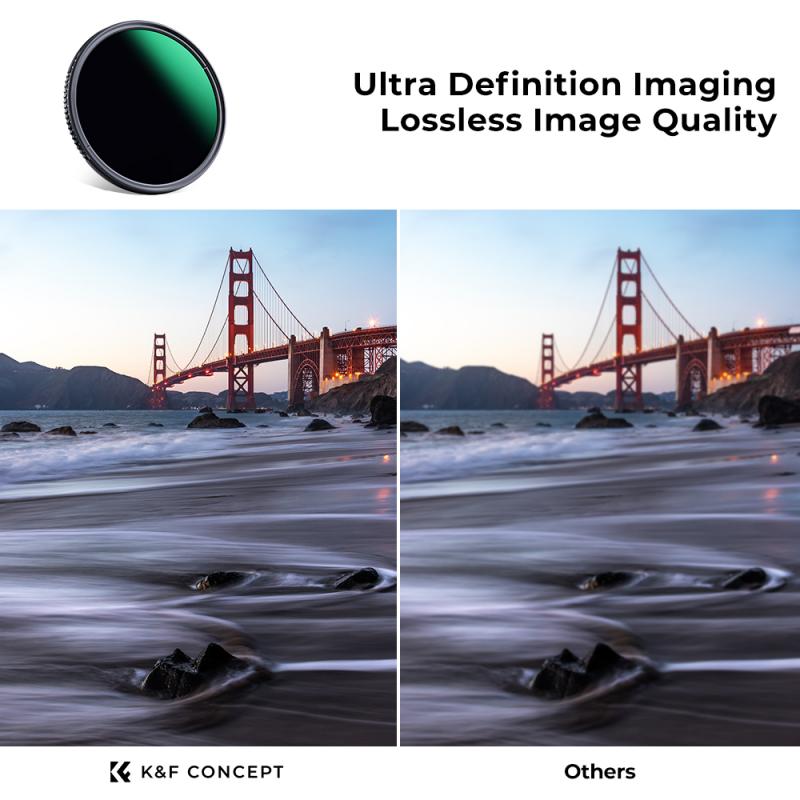
3、 Polarizing Filters
Polarizing filters are a type of variable ND (neutral density) lens filter that work by selectively blocking certain polarized light waves from entering the camera lens. This results in a reduction of glare and reflections, as well as an increase in color saturation and contrast.
The filter is made up of two layers of glass or plastic, with a polarizing film sandwiched in between. The outer layer rotates, allowing the photographer to adjust the amount of polarized light that is blocked. This is particularly useful when shooting landscapes or water scenes, where reflections can be distracting or unwanted.
Recent advancements in polarizing filter technology have led to the development of circular polarizing filters, which are designed specifically for use with digital cameras. These filters are able to block polarized light waves in a way that does not interfere with the camera's autofocus or metering systems.
Overall, polarizing filters are a valuable tool for photographers looking to enhance their images and control the amount of light entering their camera lens. They are particularly useful for outdoor photography, where reflections and glare can be a common issue.

4、 Light Transmission and F-Stop Reduction
Variable ND (Neutral Density) filters are a type of camera filter that allows photographers to control the amount of light that enters the camera lens. These filters work by using two polarizing filters that are stacked on top of each other. By rotating the outer filter, the amount of light that passes through the filter can be adjusted.
The inner filter is a fixed polarizer that blocks out a certain amount of light. The outer filter is a rotating polarizer that can be adjusted to block out more or less light. When the two filters are aligned, they allow the maximum amount of light to pass through. When they are at a 90-degree angle to each other, they block out the maximum amount of light.
Variable ND filters are useful in situations where the lighting conditions are constantly changing, such as when shooting outdoors. They allow photographers to adjust the amount of light that enters the camera without having to change the aperture or shutter speed settings.
One important thing to note is that variable ND filters can also affect the color balance of the image. This is because they are made up of two polarizing filters, which can cause a color shift in the image. However, many modern variable ND filters are designed to minimize this color shift.
In terms of F-stop reduction, variable ND filters can reduce the amount of light entering the lens by up to 10 stops. This means that a photographer can use a wider aperture or slower shutter speed without overexposing the image.
Overall, variable ND filters are a useful tool for photographers who want to have more control over the amount of light that enters their camera lens. They are easy to use and can help to create stunning images in a variety of lighting conditions.
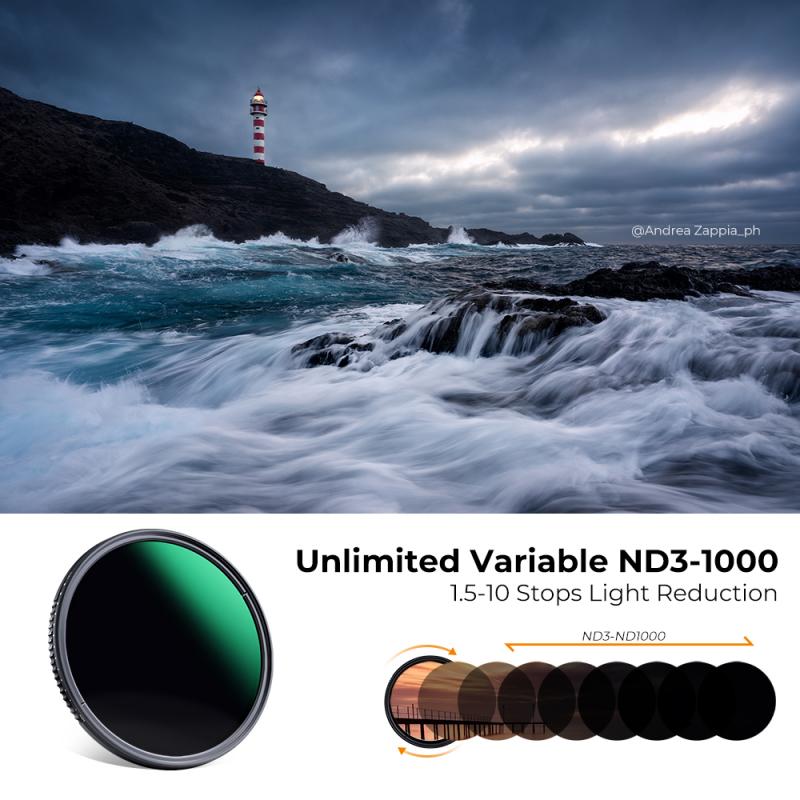


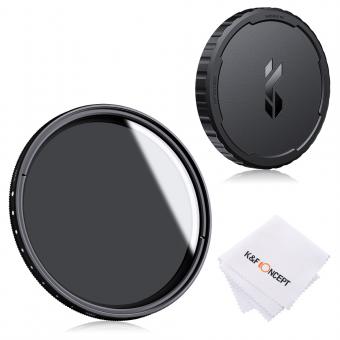

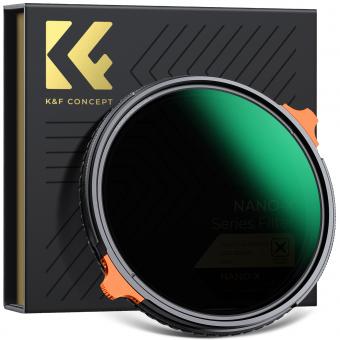

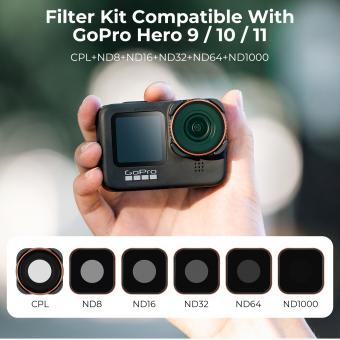
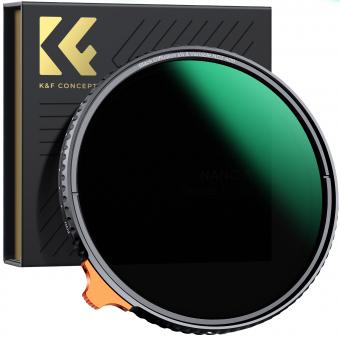
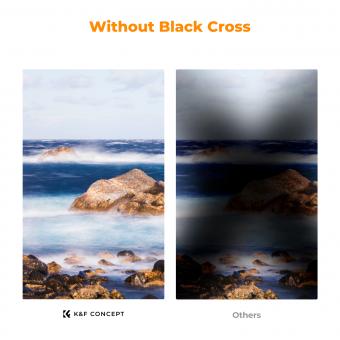


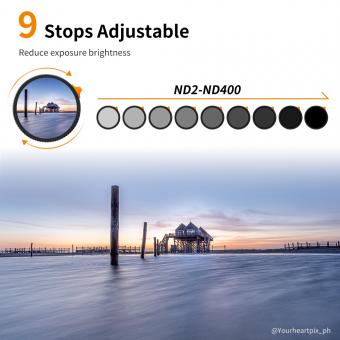




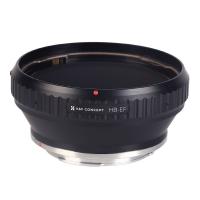
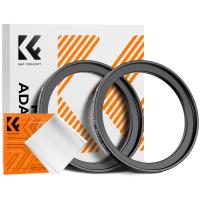


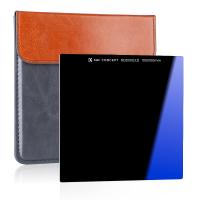
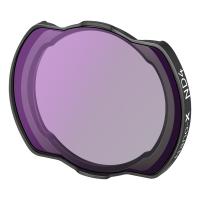
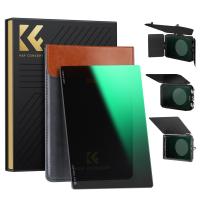

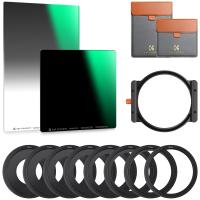

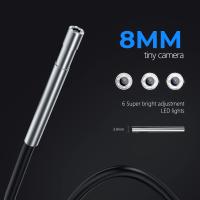


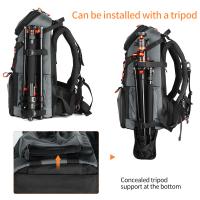
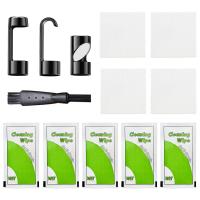

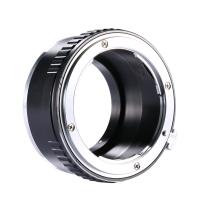

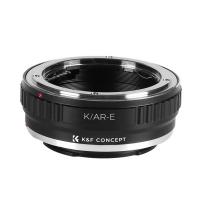
There are no comments for this blog.